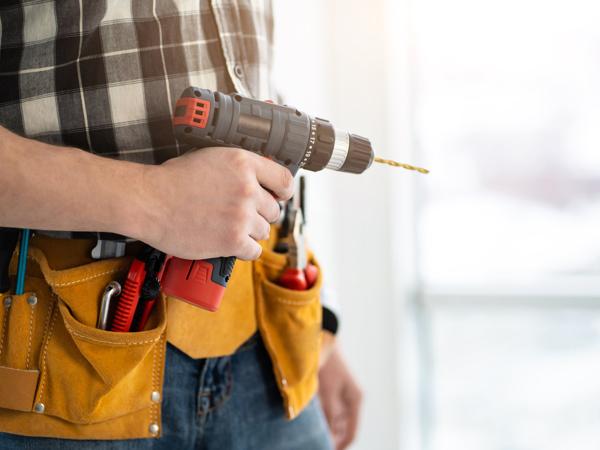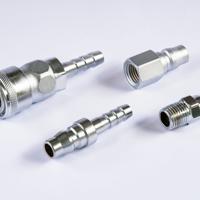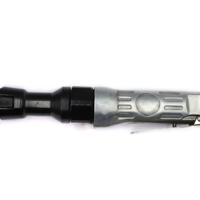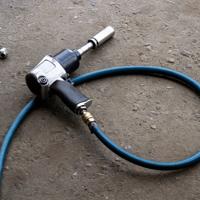The world of power tools is vast and varied, filled with tools that seem to do almost miraculous work in a fraction of the time manual efforts might take. A popular comparison in this arena is between the air impact wrench and its electric counterpart. Both have their strengths, but which tool might be better for your specific tasks? Let’s dive deeper into these two tools, considering their unique features, and see how each could fit into the needs of different users.
Understanding Air Impact Wrenches
Air impact wrenches, sometimes known as pneumatic wrenches, are a go-to for many professional mechanics and serious DIY enthusiasts. These tools are powered by compressed air and are known for their impressive power output. They excel in applications like tire changing, major automotive repairs, and heavy industrial work.
Advantages of Air Impact Wrenches
- High Torque Output: Air impact wrenches are renowned for their ability to deliver a significant amount of torque seamlessly. This makes them perfect for tasks that demand high power levels.
- Long-lasting Performance: Often, air tools have fewer moving parts than electric wrenches, which can lead to a longer lifespan under heavy use. For more information on choosing the right tools, check out our Air Tools Buying Guide.
- Lightweight: Since they don’t house cumbersome motors and battery packs, pneumatic wrenches tend to be lighter, reducing user fatigue during long sessions.
Considerations for Air Impact Wrenches
- Requires Air Compressor: The necessity of an air compressor makes the setup bulkier and less portable. It is often an investment in itself.
- Noise Levels: Air tools can be quite loud, necessitating hearing protection during extended use. For more information on protecting your hearing, see our Safety Tips.
Electric Impact Wrenches: A Convenient Choice
Electric impact wrenches, available in corded and cordless variations, have become increasingly popular. These wrenches are favored for their convenience and ease of use, especially in settings where mobility is essential. For help choosing the right impact wrench for your needs, see our guide on choosing an impact wrench.
Advantages of Electric Impact Wrenches
- Portability: Particularly for cordless models, the main advantage is mobility. You can use these tools in a variety of settings without worrying about an air compressor.
- Ease of Use: Simply plug in or charge the battery, and you’re ready to go. There’s no need to worry about setting up and maintaining an air system.
- Quiet Operation: Generally, electric wrenches run quieter than their air-powered counterparts, making them more suitable for residential areas.
Considerations for Electric Impact Wrenches
- Battery Life: For cordless models, working time is limited by battery capacity. Spare batteries are often a necessary addition for extended projects.
- Lower Torque Output: While they are catching up, electric models often deliver less torque compared to pneumatic wrenches, making them less ideal for the most demanding tasks.
When to Choose Air Over Electric and Vice Versa
The choice between air and electric impact wrenches can often depend on several factors, including the nature of your projects and your work environment.
- Opt for Air Impact Wrenches if: Learn more about the best air impact wrenches
- You’re working in a fixed location with access to an air compressor.
- Your tasks regularly require high torque.
-
You’re engaged in continuous, high-volume work.
-
Opt for Electric Impact Wrenches if:
- You need flexibility and mobility.
- You’re working in environments where noise is a consideration.
- Battery power for convenience and ease of use is ideal for your needs.
Choosing the right tool involves balancing these factors against your specific requirements. If you’re still in doubt, consider reaching out to industry experts or consulting buying guides, like this comprehensive resource by Bob Vila, to make a more informed decision.
In the end, both air and electric impact wrenches have valuable places in a tool arsenal. Assessing your distinct needs and understanding the limitations and benefits of each will guide you to the right choice.




